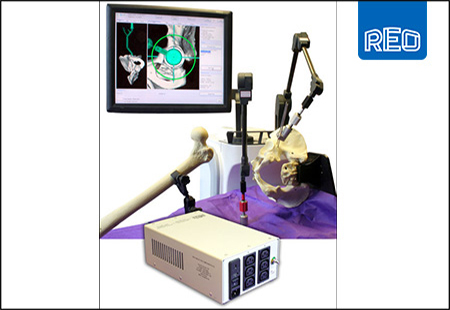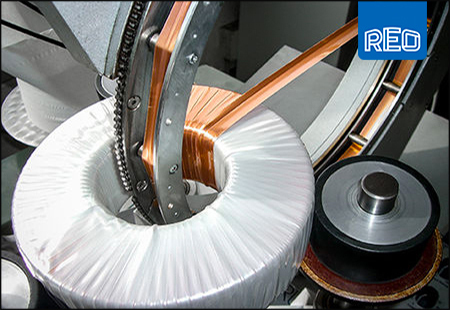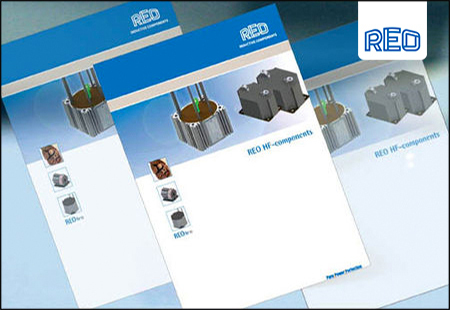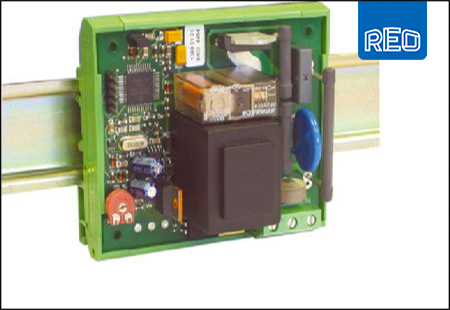PRECISION 3D JOINT REPLACEMENT SURGERY SYSTEM EMPLOYS REO MEDICAL TRANSFORMER
Joint replacement has become relatively commonplace and is now more successful than ever. This is due to a large extent to the improved planning and increased precision of the procedure. The experience of the surgeons plays an important part in this but, possibly, even more so is the technology employed.
One of the front runners in this field, Acrobat of London, now offers surgeons perhaps the most precise aids for performing joint replacement operations.
Initially, the joint replacement procedure was very much down to the skill and judgement of the surgeon with the location of the replacement elements being by ‘eye’ and rudimentary measurements. The procedure has since been enhanced using such techniques as employing industrial style ‘point-to-point measuring, as used for machine tool manufacture, with measurements taken during the actual operation.
Acrobat now offers a precision system using the latest computer-assisted 3D planning, surgical navigation and surgeon controlled robotic surgery. Using accurate CT scans interpreted by the company’s ‘Modeller’ software to reproduce the patient’s own anatomy in 3D, the surgeon then uses Acobot’s ‘Planner’ software to plan the exact positioning and size of implant required. The Planner software also permits surgeons to determine if joint resurfacing is required.
The surgical plan is then taken forward to surgical navigation and/or bone sculpting using Acobot’s ‘Navigator’, a unique non-optical /non-electromagnetic navigation system, which uses mechanical tracking of the patient. Mechanical tracking means that there are no line-of-sight issues as with optical tracking and no interference issues as with electro-magnetic tracking. The surgeon can see the actual versus the planned position of each instrument to achieve accurate bone preparation in exact accordance with the plan created using Acrobot’s software Planner.
The benefits of this holistic approach to a joint replacement from Acrobat include improved bone conservation, reduced discomfort and complications, shorter operation time, and minimised recovery time.
Like all other electrical/electronic medical equipment used in close proximity of patients, Acobot’s Navigator must comply with the IEC 60601 (BS EN 60601) standard, which covers electromagnetic compatibility and general safety. Accordingly, it incorporates an isolating transformer designed specifically for medical applications. This is to help reduce electric shock hazards and limit the risk to sensitive monitoring equipment of interference generated on the mains distribution network.
The isolation transformer employed is REO’s ‘REOMED’, which in addition to meeting European standards also conforms to UL 2601 – Medical Equipment Part 1 and CSA 22.2 NO.601.1 Medical Equipment, Part 1 UL File No. E304665, for the North and South American markets, for potential export sales.
“During the development of the Navigator REO supplied a custom engineered unit for us,” said Dr Adrian Barrett, senior development manager for Acrobat. “However, we can now buy the REO REOMED medical transformer of the shelf with the added benefit that it satisfies UL requirements and comes with dual voltage as standard (230V & 11V).” Should be 110V













